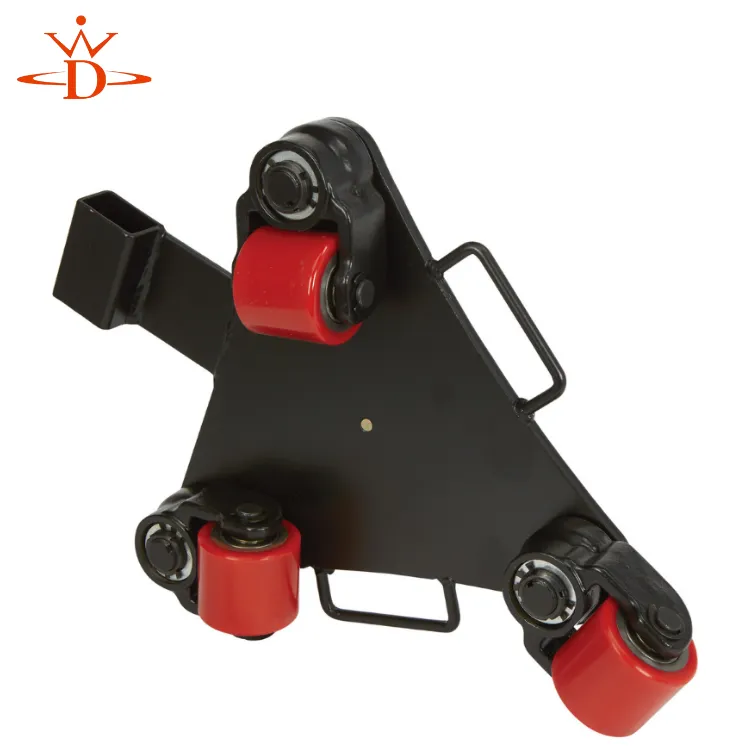Comparison of Crane Girders and Gantry Girders in Industrial Applications
Crane Girder and Gantry Girder Key Components in Material Handling
In the realm of industrial applications, the proper handling and movement of heavy materials is a critical requirement. This is where crane girders and gantry girders come into play. Both of these structural elements serve similar purposes in facilitating the lifting and transportation of loads within factories, warehouses, and construction sites. However, they have distinct designs and applications that cater to different operational needs.
Crane Girders
Crane girders are primarily horizontal beams designed to support the weight of cranes as they move along the structure. These girders are integral to overhead crane systems and can be found in a variety of forms, typically tailored to specific operational needs. The most common types of crane girders include single girder and double girder setups.
Single Girder Cranes These systems utilize one main girder that runs the length of the bay. The hoist mechanism usually runs on top of this girder, making it a space-efficient option. They are ideal for lighter loads and generally have lower installation costs.
Double Girder Cranes As the name suggests, double girder cranes possess two parallel girders, providing greater support and flexibility. The hoist runs between the girders, allowing for higher lift heights and lifting heavier loads. Double girder systems are optimal for heavy-duty applications, often seen in manufacturing and heavy machinery environments.
Crane girders must be designed to withstand significant stress and must account for factors such as dynamic loading, impact from lifting operations, and environmental conditions. Therefore, they are usually crafted from high-strength steel, ensuring durability and resilience.
crane girder and gantry girder

Gantry Girders
Gantry girders, contrastingly, are used in mobile crane systems often referred to as gantry cranes. These cranes operate on a framework that runs on legs or wheels, allowing them to move horizontally across a designated area. This mobility makes gantry cranes an excellent choice for outdoor applications and environments where overhead support structures may not be feasible.
A typical gantry crane features a bridge-like structure supported by two vertical supports, allowing flexibility in positioning. Gantry girders, therefore, are designed to bear the load of the crane as well as any materials being lifted. They can be found in various configurations, from A-frame to cantilever designs, each selected based on specific lifting and environmental requirements.
One of the prominent advantages of gantry girders is their versatility. They can be constructed to accommodate various heights, spans, and load capacities, making them suitable for diverse tasks, including shipping yards, railway depots, and assembly lines.
Conclusion
The choice between crane girders and gantry girders ultimately depends on the specific operational needs. Crane girders are ideal for fixed, overhead hoisting solutions, while gantry girders provide mobility and flexibility for various outdoor and industrial applications. Both play a pivotal role in modern material handling, enhancing efficiency, safety, and productivity in workplaces.
In a world driven by efficiency and productivity, understanding the nuances of crane vs. gantry girders is essential. As technology evolves, innovations in material composition, structural design, and safety features continue to improve the performance of these critical components. Ultimately, whether it's through a stationary crane or a mobile gantry system, the effective management of heavy materials remains a cornerstone of industrial success.
-
Unlock Seamless Relocation with Our Heavy Equipment Moving ExpertiseNewsJun.06,2025
-
Unleash Unrivaled Flexibility with Our Adjustable Gantry CraneNewsJun.06,2025
-
Unleash Heavy-Duty Efficiency with Our Industrial Gantry Crane SolutionsNewsJun.06,2025
-
Revolutionize Steel Handling with Our Magnetic Lifter RangeNewsJun.06,2025
-
Master Equipment Mobility with Premium Machinery Mover SolutionsNewsJun.06,2025
-
Elevate Your Material Handling with Magnetic Lifter TechnologyNewsJun.06,2025
-
YS Permanent Lifting Magnets: The Smarter Way to Handle SteelNewsMay.22,2025
